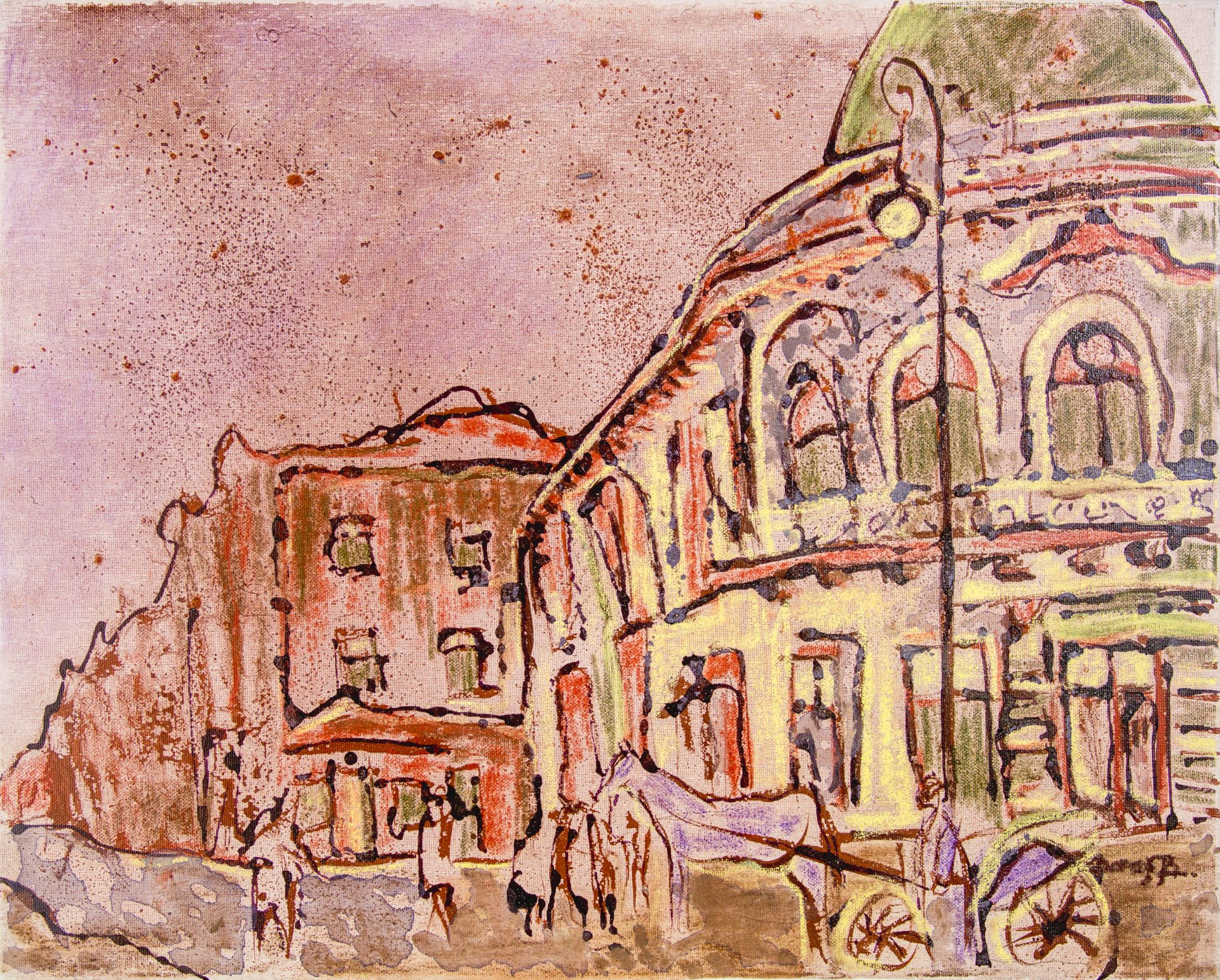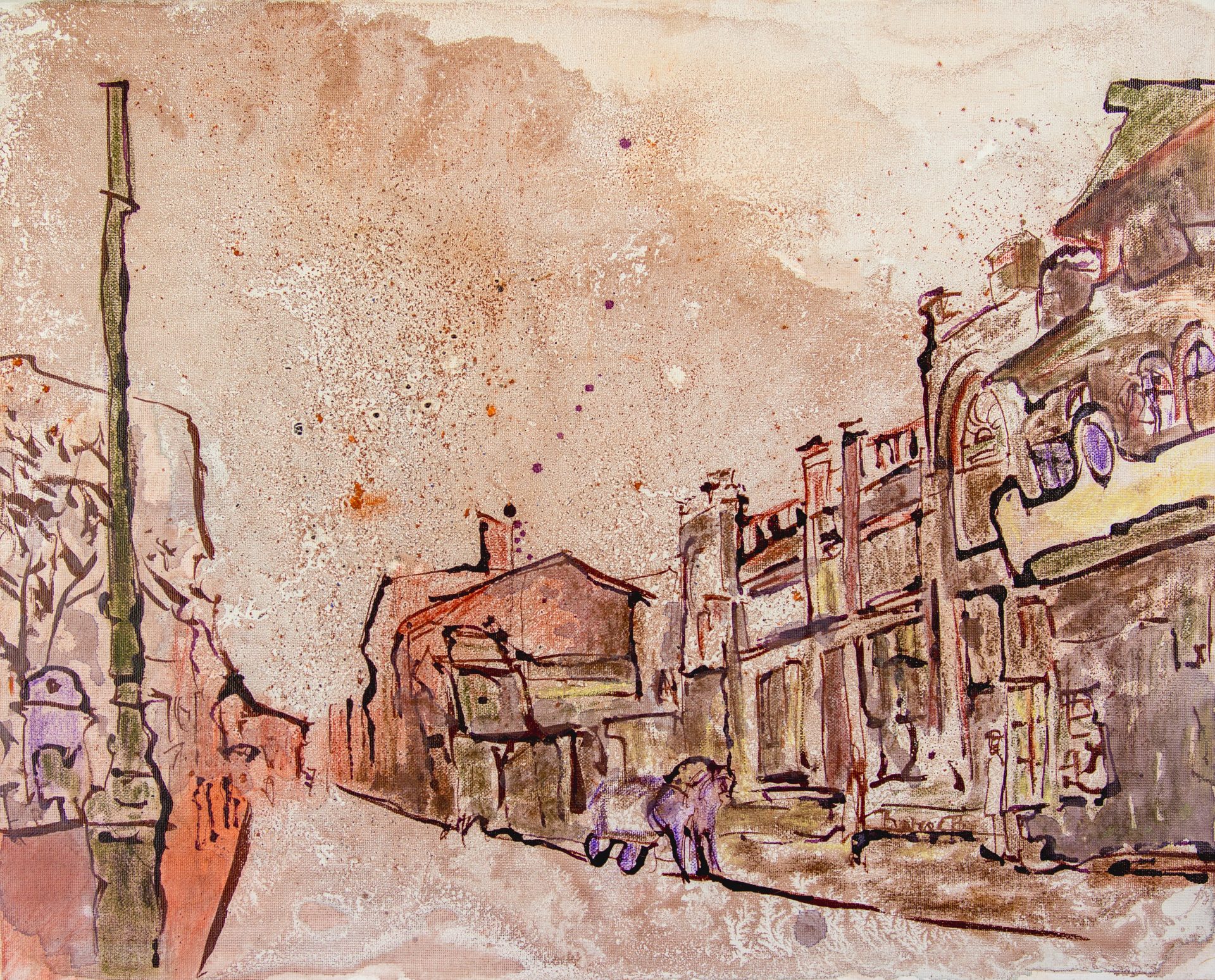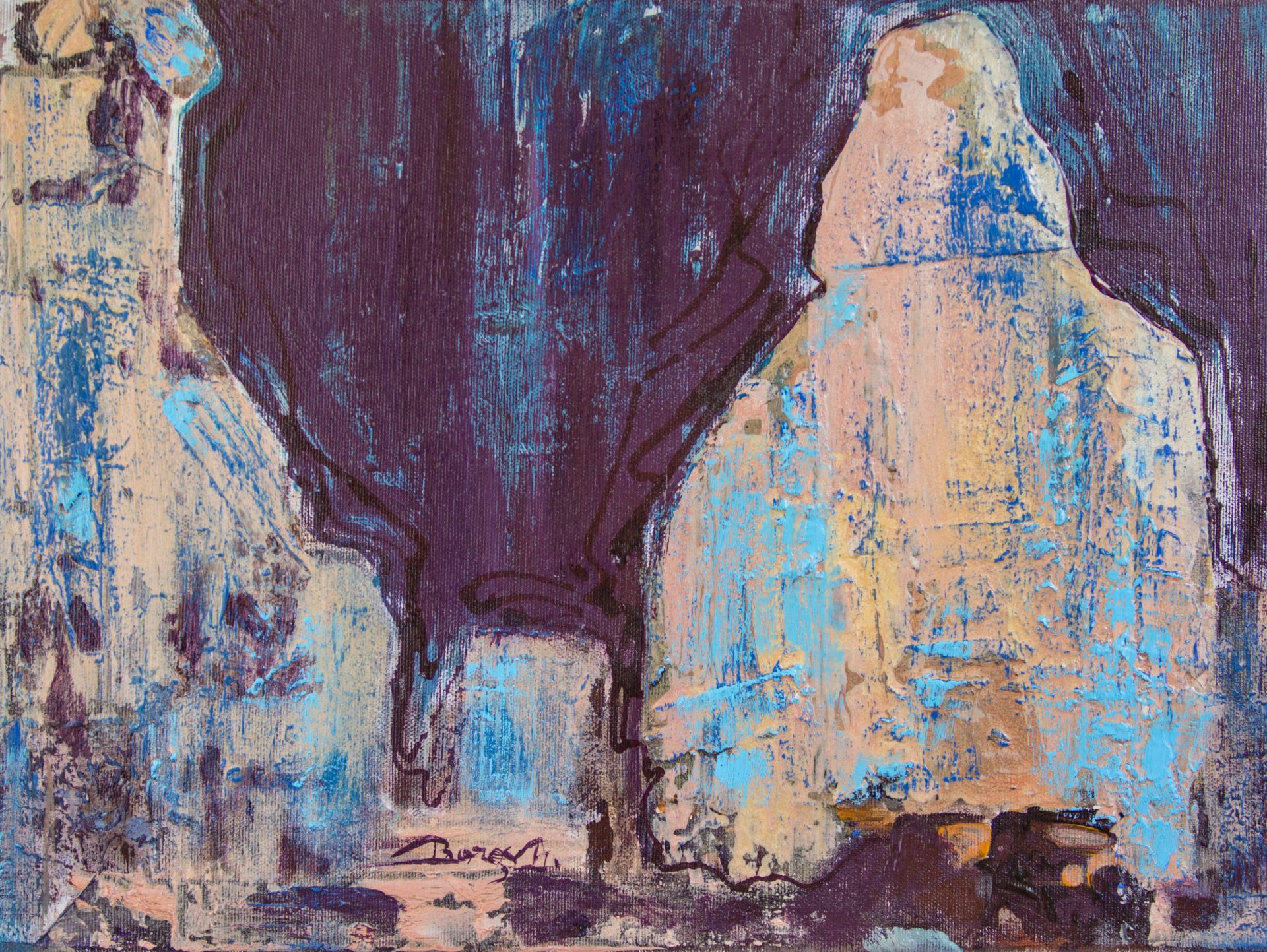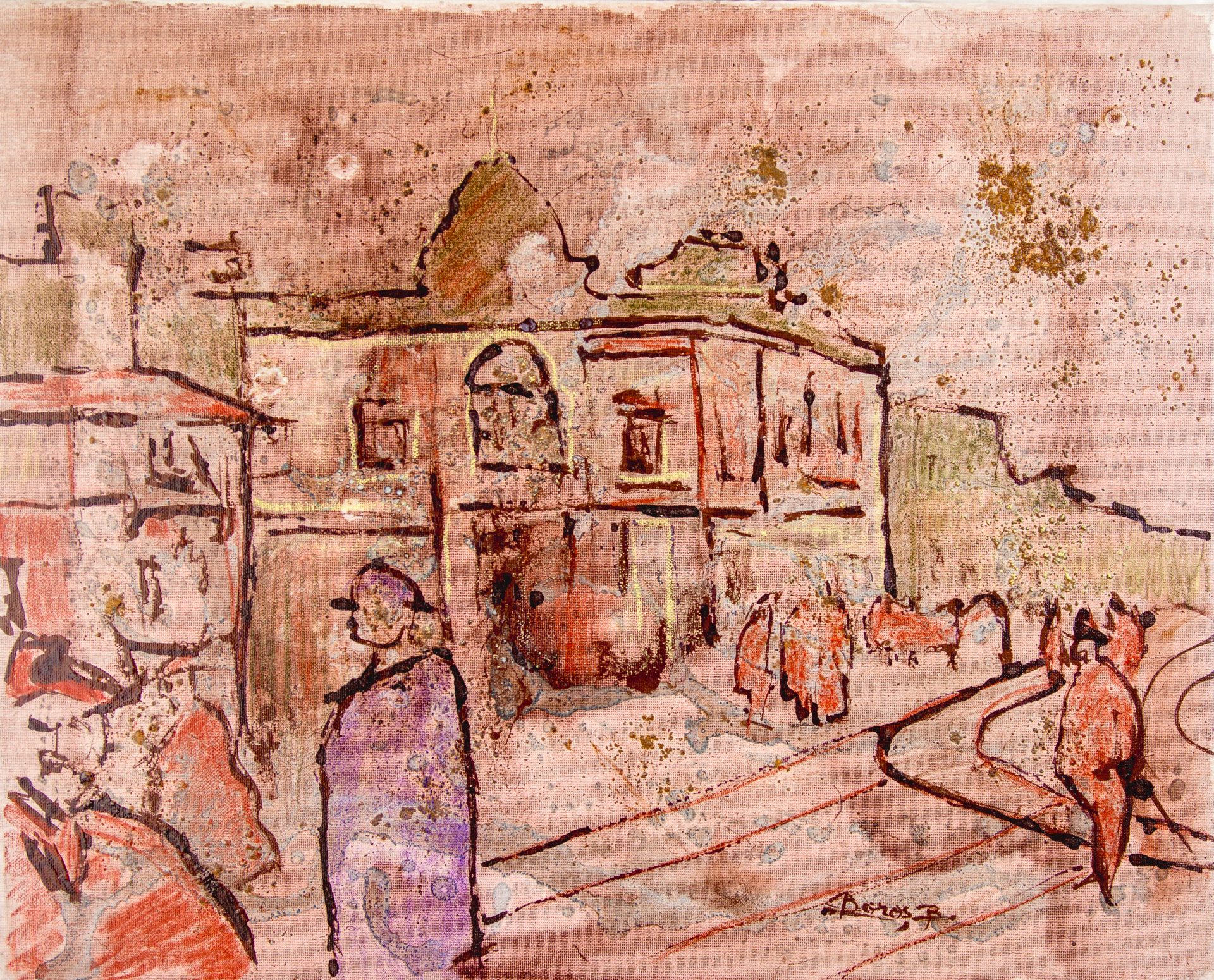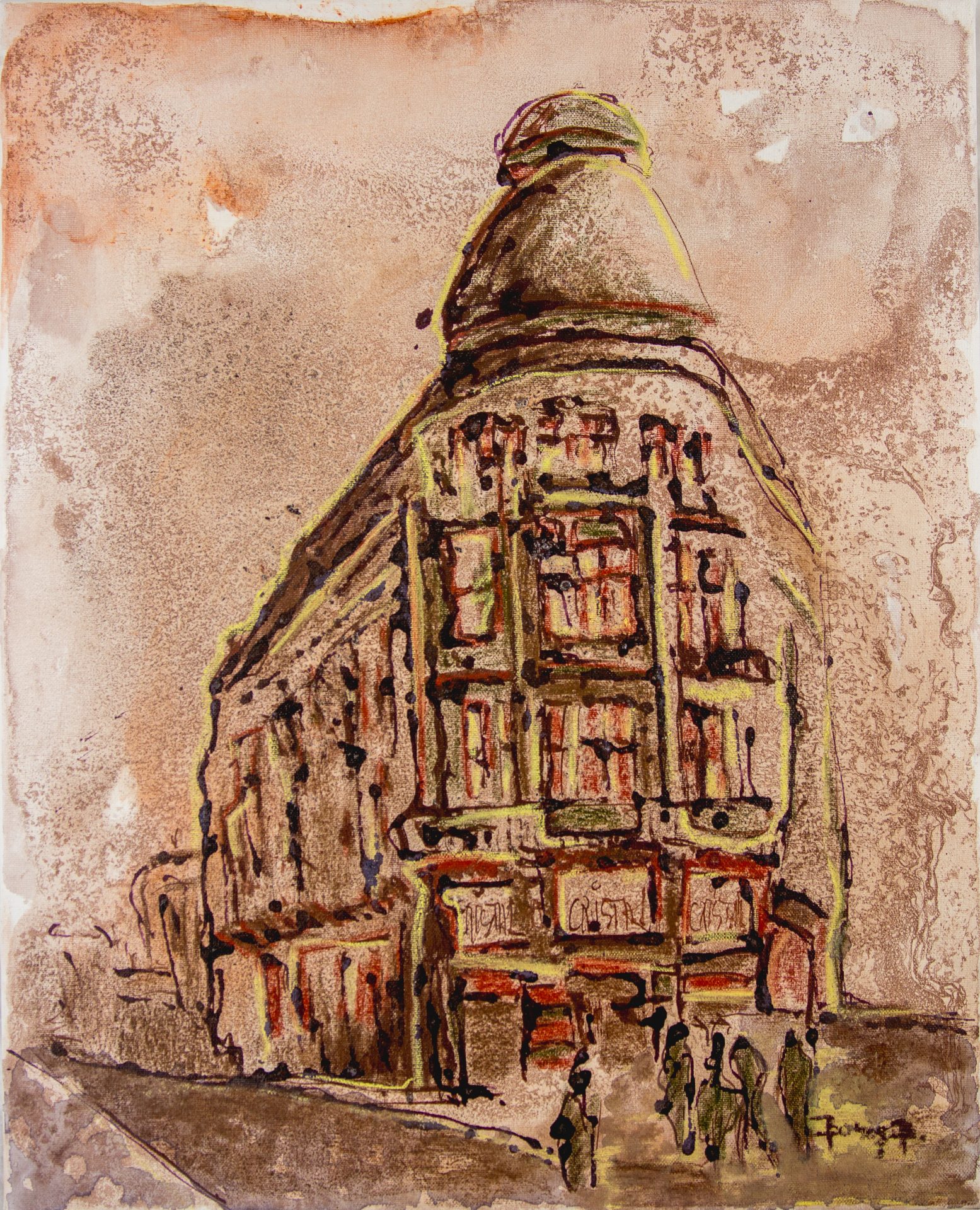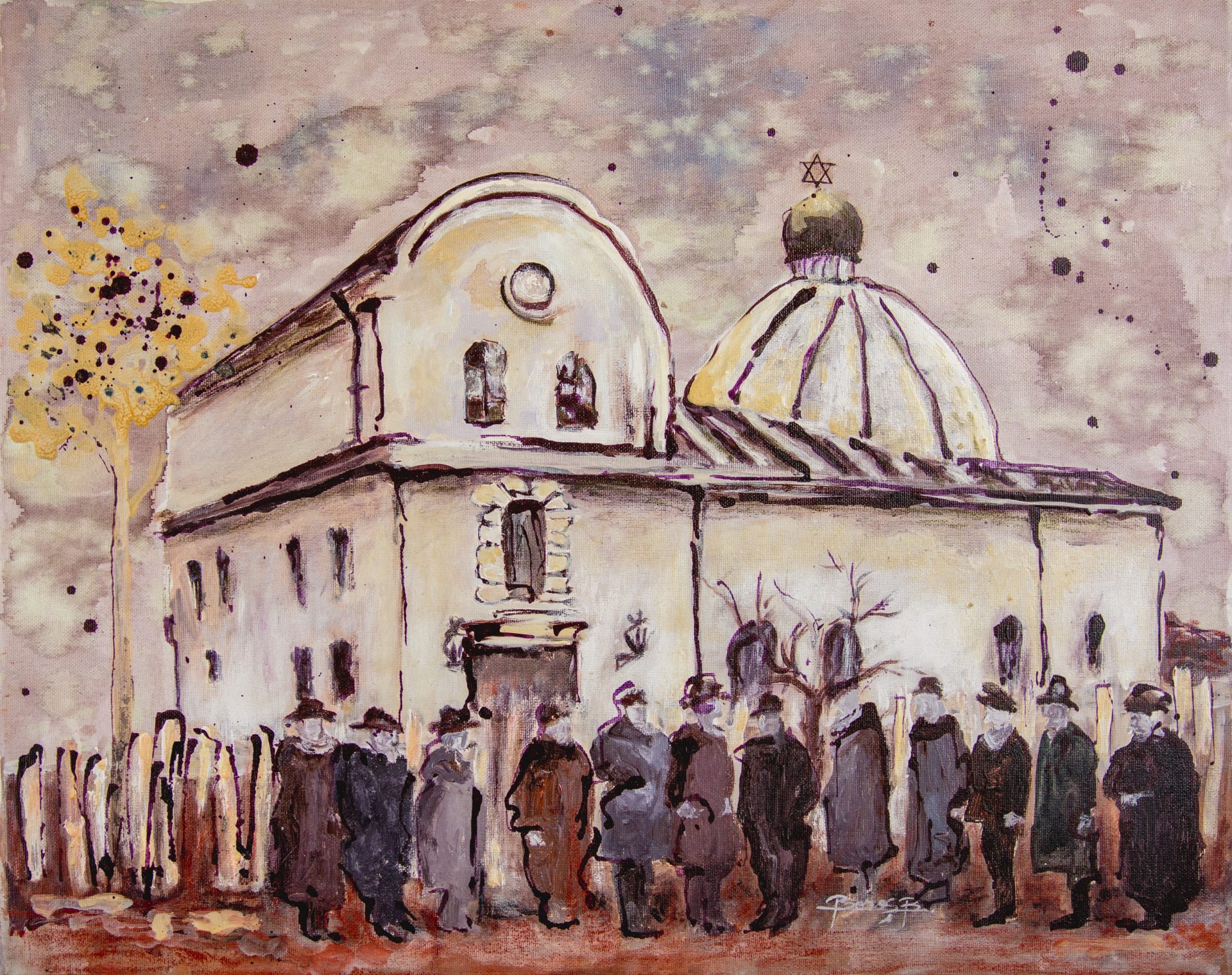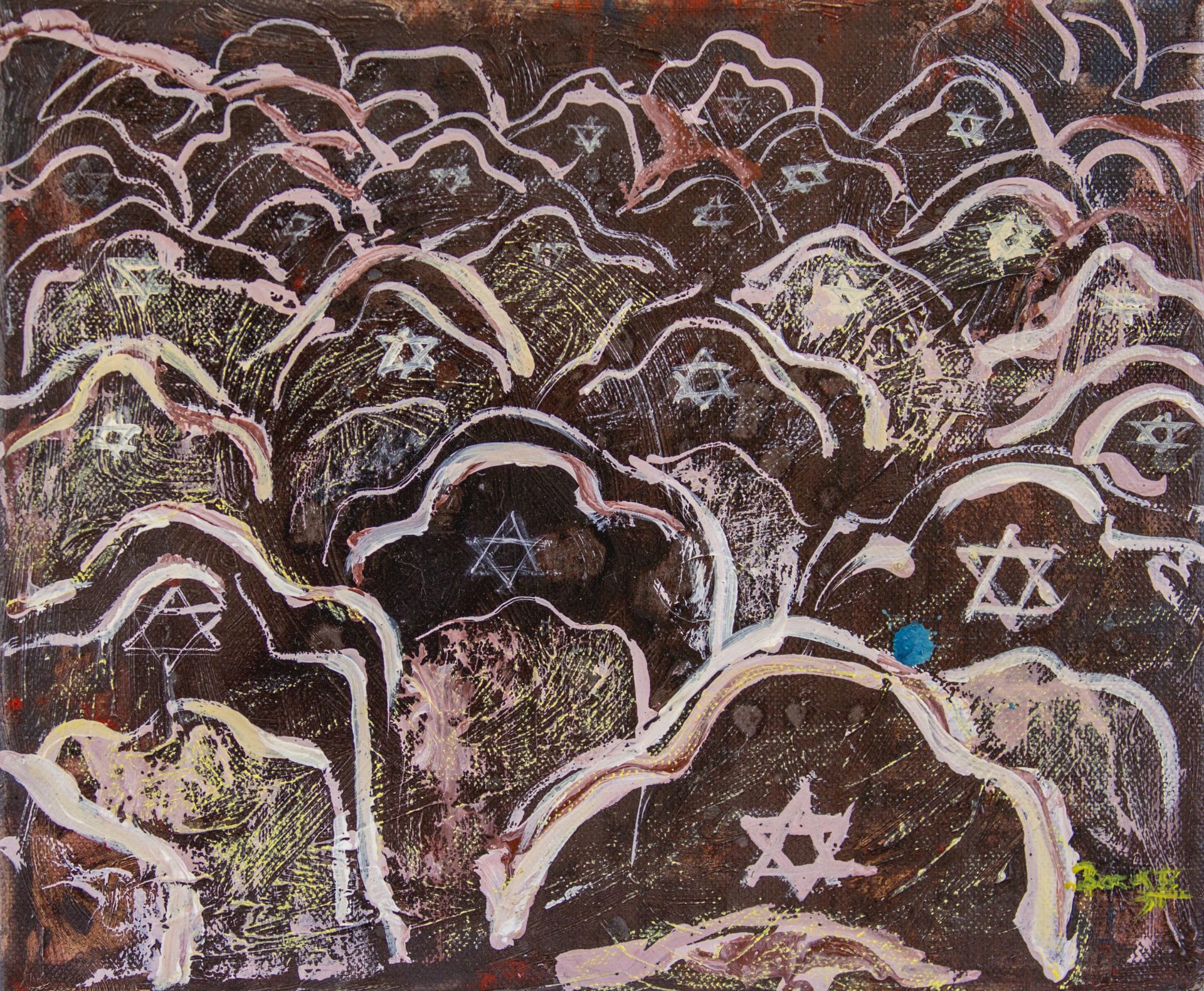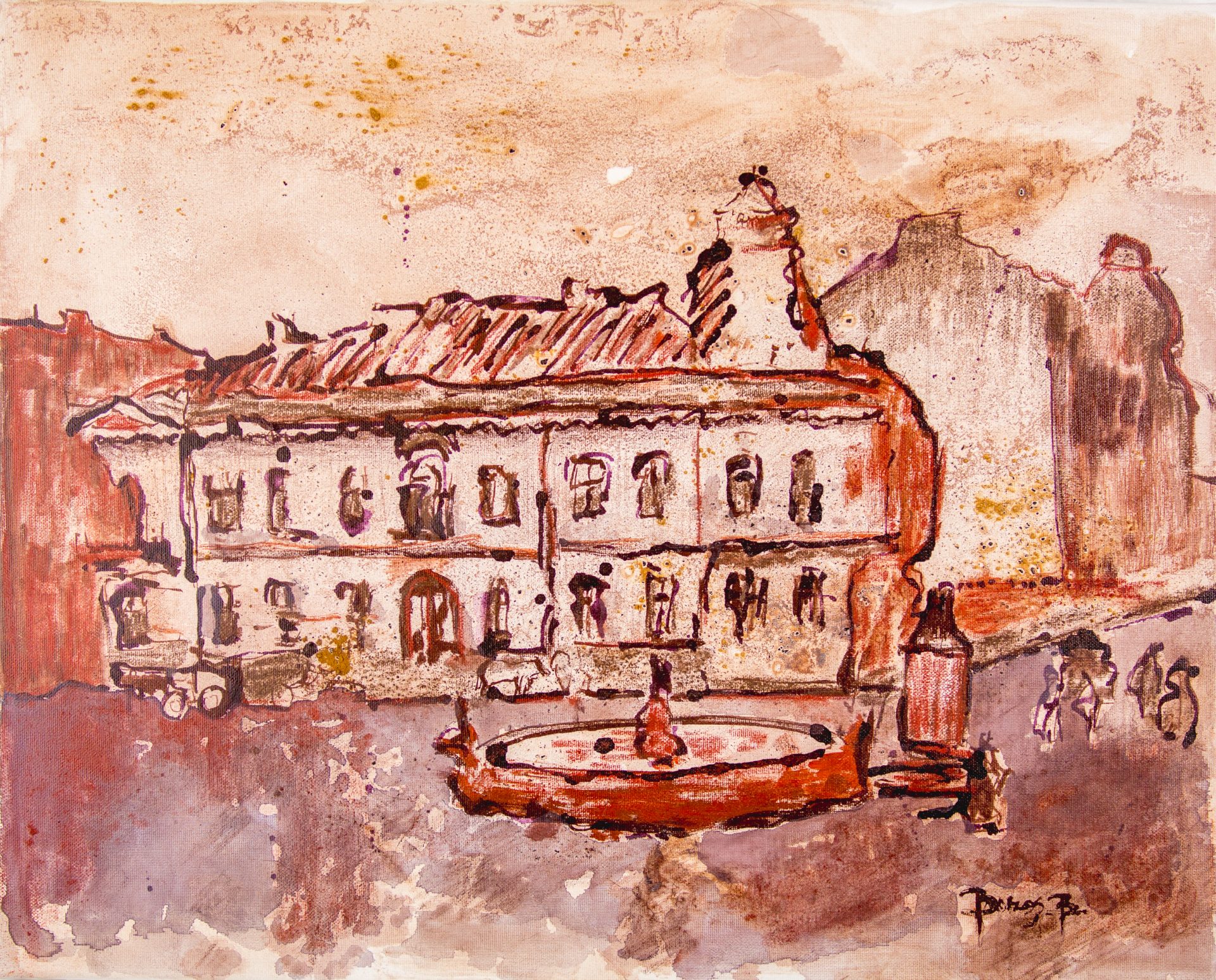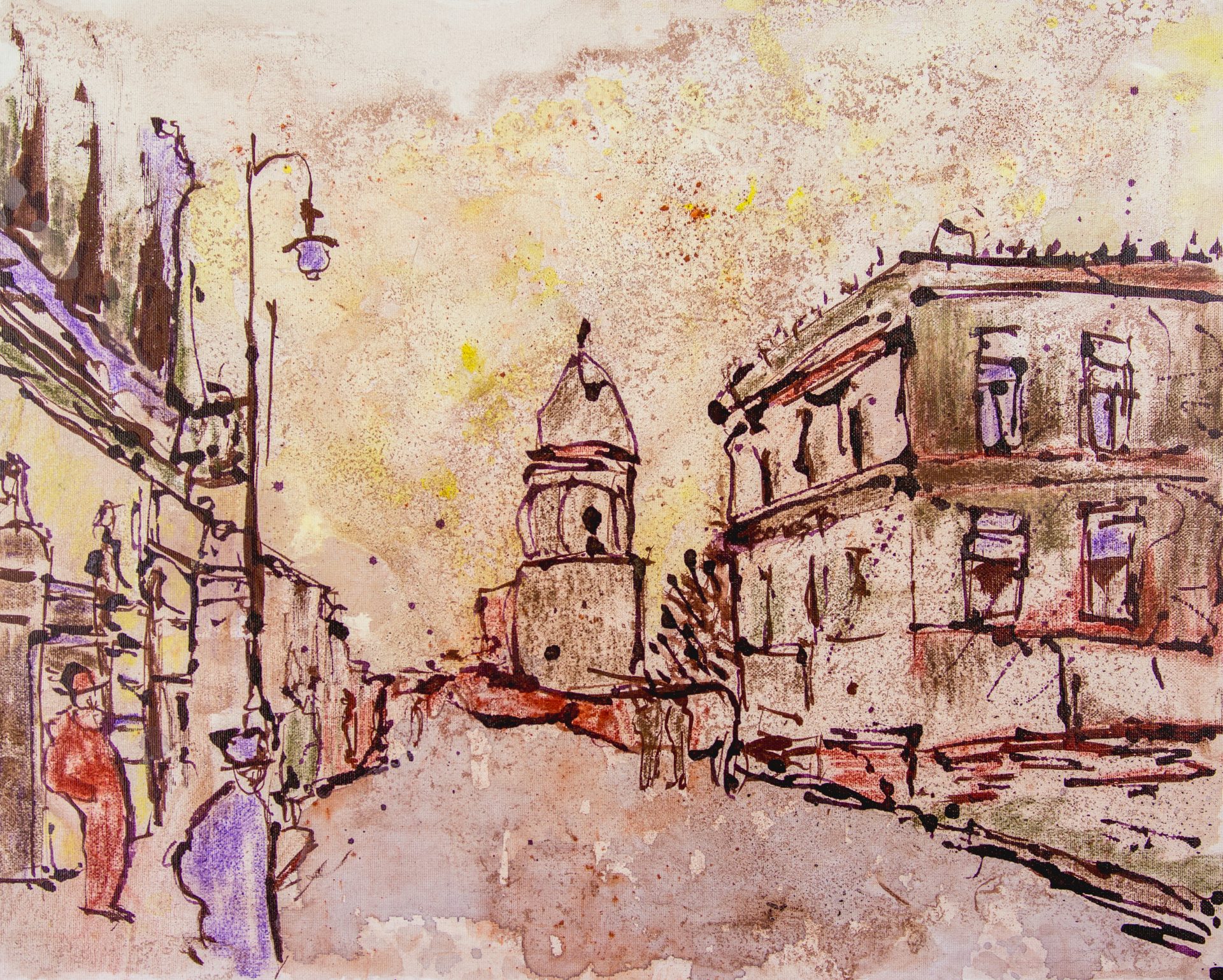-
Select options This product has multiple variants. The options may be chosen on the product page
-
Select options This product has multiple variants. The options may be chosen on the product page
-
Select options This product has multiple variants. The options may be chosen on the product page
-
Select options This product has multiple variants. The options may be chosen on the product page
-
Select options This product has multiple variants. The options may be chosen on the product page
-
Select options This product has multiple variants. The options may be chosen on the product page
-
Select options This product has multiple variants. The options may be chosen on the product page
-
Select options This product has multiple variants. The options may be chosen on the product page
-
Select options This product has multiple variants. The options may be chosen on the product page
Cleopatra Lorinţiu, Romanian writer, poet, journalist, TV producer, reporter, columnist, Deputy Director at I.C.R. Tel Aviv
Images from Iasi’s past, viewed through the filter of youth
The painter Bianca Boroș chose herself the specific theme of the cycle of paintings proposed to the Romanian Cultural Institute in Tel Aviv. She found a suitable title – “Confluence” which is rather general and while waiting for the exhibition to arrive, I didn’t know what kind of project to expect. I had seen her large paintings in art albums, rather a spectacle of color and symbolism, I knew that she had recently exhibited in Venice (Italy), in Murcia (Spain), that she had also travelled for a project called REFRESH – Young artist refreshing heritage sites, project co-financed by the European Commission within the Creative Europe Program at San Antonio Catholic University.
When I saw the works arriving from Iasi to Tel Aviv, I immediately thought that they are actually a filter, a filter of an age of nostalgia for other ages past long ago. A kind of “gift” from one generation to another generation. Somewhat unusual.
In order for you to understand, I will tell you that the paintings (made in mixed media – water, oil, coffee, rust, original mixtures, etc.) have not only the figurative premise, but even precise themes: old buildings, emblematic places for the world of the Jewish community of Jassy from a hundred years ago or one hundred and fifty years ago: The gate of the Jewish cemetery, the Great Synagogue, the Braunstein Palace, but also from the cultural emblems of Iasi: the Palace of Culture, Târgul Cucului, Lăpușneanu street. It is not an idyllic vision, it is not an explosion of color, on the contrary, the paintings remain in the area of earth colors, with some exceptions of the color blue, that distinguishes between themes. The Palace of Culture, for example, is marked by blue, the Jewish theme remains in shades of brown, sepia, ocher. The distinction is deliberate, the suggestion of the outlines is carefully chosen. As well as the construction of the paintings, because in the leaflet of the exhibition we are warned that the exhibition “aims from one point of view to capitalize the results of the artistic residency at Cité internationale des arts in Paris, where the author was awarded a “Constantin Brâncuși” grant of three months by the Romanian Cultural Institute.” The young artist is of a comforting precocity and as a being of essence, she breathes an air of freedom and joy of life and creation. But here, this solar creature, which has had a successful artistic career until the point speaking and has exhibited in collective and personal exhibitions, has been through Europe and has been recognized since adolescence, is leaning towards a kind of homage to the past and the desire to awaken the nostalgia of an Israeli public, among whom many were from Jassy or near this fair city.
I liked this tribute, this bridge between times and between people and between generations. It is often said that generations do not communicate with each other, that today’s people have no idea of the past and those who have passed the age of youth do not understand today’s young people. Well, the exhibition Confluence (curator Andreea Shemesh) totally contradicts this cliché. A practiced, relaxed hand manages to suggest in a few lines the silhouette of an architectural landmark and the rest, the color, that is, can create an atmosphere. The exhibition is unitary, without repetitions, without anything superfluous.
In the accompanying leaflet, Lăcrămioara Stratulat, the manager of the Palace of Culture of Iaşi, calls for a well found quote: “The Jewish Jassy was the promoter of Jewish intellectuality and a large cultural center. It is in Jassy that a humble Jewish theater was born, today ending up towering and exceeding in all countries in the contemporary theater field.”
Pages from the Istraeli – Romanian journal ‘’Jurnalul săptămânii’’, 13th of June, Tel Aviv, 2019, written by Roni Căciularu (writer and journalist)
‘’We live in houses, but they live longer than we do. We are walking on the street, but the street also has its own existence, living a longer life than we do. We admire a tree, even its perfume. The fragrance of linden from Iasi, for example – the city where I once lived – is it always, always present …? Here, we realize, again, how much energy and poetry lives in nature, in so many things that surround us! It is us, the people, if we think better, transformed into small dots, thin lines (as in some surrealist drawings); we are shadows and colors, we are words and then memories. And houses, palaces, trees and facts sometimes become pillars of remembrance …
With such thoughts I have met again, looking at the painting exhibition of the talented Bianca Boroş, hosted at the Romanian Cultural Institute in Tel Aviv. Entitled “Confluence”, this series of paintings brings to our heart, through chosen artistic means, a passionate and expressive story of Iași from another time. In this exhibition there are paintings depicting landscapes, houses, palaces, monuments, streets, but the human characters are sometimes missing, and when they appear, their face, their general appearance is configured as relative and without any specific outline. The brush of the author knows how to bring before us vibrations hidden to the naked eye, the memories of a good living about confluences of people with other people. Perhaps the sepia tone, so different and expressive, which predominates in this exhibition, also brings dramatic notes of sadness, but I do not know how the brightness of some pictorial elements, maybe the sky with its blue, neighboring a white spot with fine shapes (just one example) makes you feel more confident, more optimistic. Actually I am wrong! For delicately, the artist suggests, through light and color, the living presence of some people from the past or from now on. Behind the windows, walls, continues life, people cry and laugh, think, act. And here, discreetly, B.B. not only tells the story of her and her friends (who are without doubt also the old books; even history books) from Iași of today and Iași of remembrance; but she, this talented painter, with genuine artistic intelligence, philosophizes! In fact, Bianca Boroş speaks to us, through her paintings, about the ephemerality of man and she also recaptures events, love, sadness …Houses, streets and neighborhoods are present (as they were) and from here on out, this story can be poetry – and it is! – through these exposed images. I think it is clear that we are talking about the poetry of the past, which is revoked through paintings with a strong power of suggestion and involvement of the viewers..
The chosen title for this juxtaposition of images from Iași, namely “Confluence”, refers also to the interweaving of the past with the present, that of the young artist’s. We see it here, in these paintings, the sincerity of a sensitive soul to the Present that is built on the Past. And these images are well written – we’re talking about a narrative here, right? – well, here we see a dramatic meeting of the times that go ahead, like the clouds in the sky, as a student ascending to the Copou park, as a life that stops, but goes on … I would like to stop a little at Bianca Boroş’s skill and artistic sensitivity. And this, because her paintings are well finished, without being shrill (characteristic that appears unfounded with other young or even mature artists of our time). There are, of course, conflicting states, but they are subtly suggested and do not always appear in the foreground. They disturb the soul, but are naturally expressed, humanly, with common sense, and yet modern and with metaphorically plurivalent. Here is an example: at the monument entitled “The Gate of the Jewish Cemetery”, the majestic arches are rendered, as they were designed by their architect, but the drawing in the painting has another value here, speaking to us aesthetically, precisely by not flowing the curvature line. Various drops of continuity say a lot. And above ?! A bright sky, of course contrasting with the state of the heart of those who would come to mourn their dead. The prevalent color – reminiscent of the sepia of the old photographs – the sepia tone that Bianca Boroş uses, is different in the ”Great Synagogue of Iași” painting, from the one of ”Braunstein Palace” painting. The latter is “heated” with yellow, and red, and pink. The atmosphere of evocation, the passage of time is played out, how should I describe it? From a glow that surrounds the building: it looks like it is a burgundy canvas, of a specific sepia tone. This glow suggests time and clouds and maybe even rain, which started yesterday falling on the walls and sidewalks … There are pictures that draw after them other pictures of a person’s life who watches them unhurried. The exhibition tries – and succeeds – to focus generations, different worlds, with their continuity, with the connections between them, the imprint of the artist’s personality imposing and determining us to go (with pleasure!) on the traces of her way of thinking and feeling. The evocation of Jewish life from another time, from Jassy of other times, is addressed to us, those from here and today, but also to the young people from there, from our native Romania, so that we meet with our youth at that time, but also with a new moral air that is good, like the one that the young artist communicates.
In fact, this series is transforming gradually into a long echo. But this echo would not have appeared if there was no distinct artistic, clear, tender, poetic and philosophical voice. It is that of a talented artist, who is constantly perfecting her means of aesthetic expression, an artist who manages to excite and to smile at her former countrymen, but also at their descendants, even if now some are overseas. The artist is of course, the Romanian painter, Bianca Boroş. The author’s personality, as we see it from the paintings on display, her vision of people and life, her sensitivity and indisputable grace (which are her personal features) convince us that Bianca Boroş will be exhibiting again here, in our country- in Israel, and in many other places. We, of course, will be waiting for her!’’

